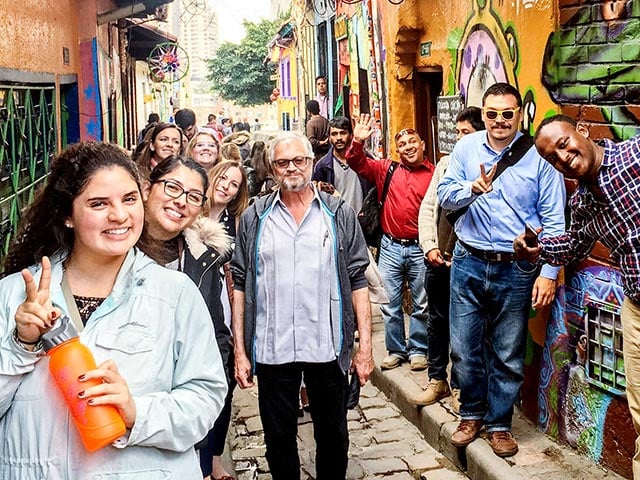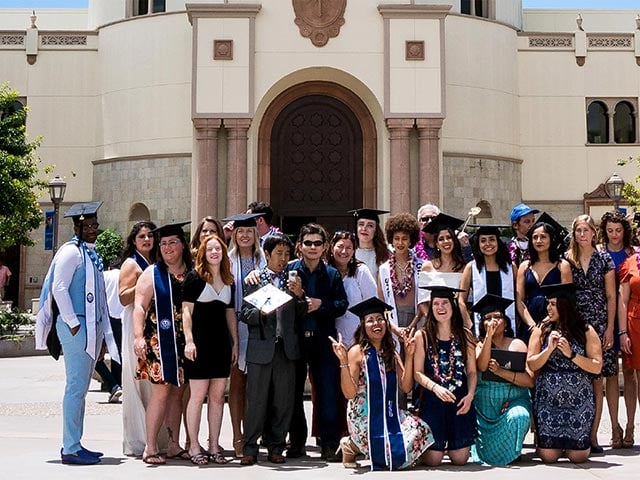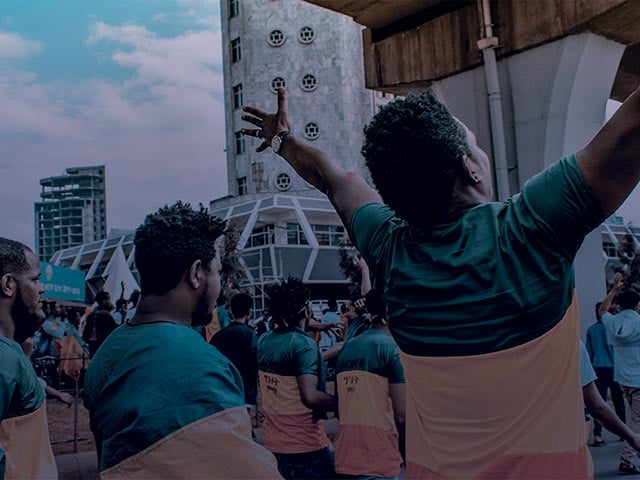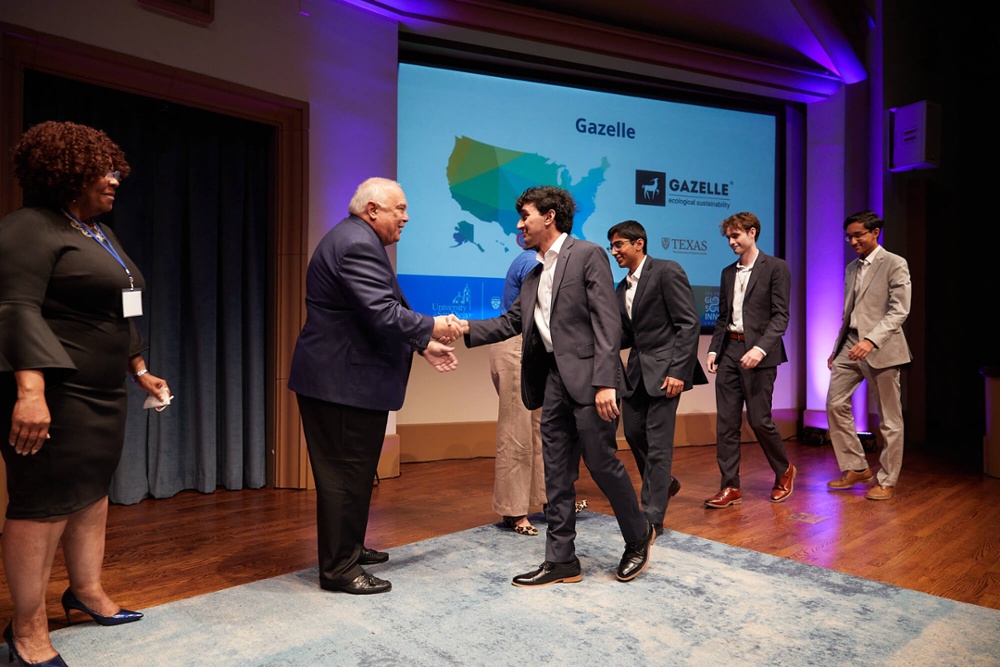Achieving the Sustainable Development Goals. What can a University do?
By: Amitkumar Kakkad
The growing urgency of sustainable development for the entire world led the United Nations to expand its eight Millennium Development Goals into 17 Sustainable Development Goals (SDGs) in 2015. With a target date of 2030, U.N. member states have committed themselves to the SDGs “to transform our world.” Broadly, these goals focus on the so-called triple bottom-line approach to human well-being including socioeconomic development, environmental sustainability, and peace, justice and social inclusion.
Global trends such as the worrying pace of climate change, accelerating urbanization, growing global economic interdependence, the rising divide between the haves and the have-nots and the increasing pace of technological changes have significant implications for the global demand for resources, humankind’s ability to survive in the long run and our planet’s ability to sustain life in any form.
Fortunately, young citizens of today and tomorrow have unprecedented access to knowledge, are incredibly skilled, and have not only the creativity and the enthusiasm, but also the intelligence and the adaptability to solve today’s complex problems. They are our best hopes of growing the sustainable development movement that is gaining traction around the world. Universities can play a critical role in achieving the SDGs by teaching and equipping this next generation of leaders, innovators and decision makers with the knowledge and skills to address the sustainable development challenges. Universities need to build understanding and awareness, and provide hands-on training to equip students to develop practical yet impactful solutions that can shift the behavior of complex societal systems. By supporting the goals through their own governance, operations and community engagement, universities can also set an example for other sectors.
How does the University of San Diego (USD) go about doing this? Designated as a Changemaker campus, USD does this by combining curricular offerings and extracurricular activities that provide our students with a solid understanding of the complexities of global challenges while giving them an opportunity to dive deeper into a specific challenge of their choice. At the Kroc School, curricular offerings include an undergraduate minor in Peacebuilding and Social Innovation, graduate degree programs in Master of Arts in Peace and Justice (MAPJ) and Master of Arts in Social Innovation (MASI), and various certificate programs for external participants. Extracurricular and cocurricular programs include various types of community engagement projects facilitated by USD’s Mulvaney Center for Community, Awareness and Social Action, the Changemaker Challenge hosted by the Changemaker Hub, and the Global Social Innovation Challenge hosted by the Center for Peace and Commerce (CPC) — a joint program of the Kroc School of Peace Studies and the School of Business.
The community engagement opportunities sensitize the students to the plight of the marginalized sections of society and allow them to learn about the challenges facing these communities. The Changemaker Challenge allows them to get their feet wet by focusing on a specific issue affecting the campus community. The CPC’s Social Innovation Challenge (SIC) offers them a yearlong opportunity to tackle any social or environmental issue of their choice. The SIC motivates, guides and resources the participants to develop a nuanced understanding of the issue leading to a potential solution.
The SIC recognizes teams that come up with solutions that have promising impact, financial sustainability, and scalability or replicability. It rewards and resources the teams that show the readiness and commitment needed to implement their proposed solution. While many of the winners (and non-winners) of the SIC go on to implement their social ventures with varying degrees of success, that is neither the primary purpose nor the most beneficial outcome of their participation in the SIC. Its primary goal is to provide the participants opportunity, support and incentives to study a specific social or environmental issue in detail. Over the yearlong journey, they get a taste of what it takes to think beyond themselves and their immediate future, to understand a complex issue and to craft a solution whose benefits primarily accrue to the wider society. Participants also develop an understanding of the complexity and interconnectedness of various sustainable development goals, become aware of the social, economic and environmental implications of their future careers, and progressively become more conscious citizens.
Over the years, the SIC has grown in terms of depth of content, the level of support provided to student teams and the number of universities taking part in the challenge. Starting with participation from only USD students in 2011, the SIC has grown to become a binational event in which 10 universities from both the United States and Mexico participated in 2017. The content and format of coaching and mentoring offered to the students has also benefited from the iterations we have learned from over the last seven years. In addition, we have made two specific changes this year to deepen and broaden the impact of SIC. The first change is the inclusion of a deeper and more systematic study of the existing problem and its current solution landscape as the formal first stage in the challenge. The second change focuses on broadening the geographical reach of the SIC. We have also made the SIC a global initiative from 2017-2018 onward to provide an opportunity to the participating universities all over the world to jump-start or augment such a transformative and hands-on learning experience for their students.
Social entrepreneurs and innovators around the world are already taking a lead in finding sustainable and scalable solutions to the most pressing problems facing the world. We must engage students across academic disciplines to come together and become active contributors rather than stay as passive observers in achieving the SDGs. We must inspire, train, support and celebrate our students who demonstrate their commitment to shaping a better world. We must also create an environment that makes it easy for young people to partner with like-minded peers, supporters, investors and institutions to realize their full potential. We must link interdisciplinary knowledge and professional practice and leverage the SDGs as an opportunity for students to build skills and gain experience that are beneficial to them as well as to the society at large. The positive impact of student social innovators and social entrepreneurs must be supported, incentivized, celebrated and showcased to create an even larger level of interest and dedication. Social venture challenges, including training, competition, prizes and publicity for the student innovators can go a long way in capitalizing on the social and environmental consciousness of young citizens of today and tomorrow. After all, as John Gardner (former president of the Carnegie Foundation and former U.S. Secretary of Health, Education and Welfare) would say, you cannot go wrong when you “bet on good people doing good things”!

About the Author
The Joan B. Kroc School of Peace Studies (Kroc School) at the University of San Diego is the global hub for peacebuilding and social innovation. Founded in 2007, the Kroc School equips the next generation of innovative changemakers to shape more peaceful and just societies. We offer master's degrees in peace and justice, social innovation, humanitarian action, conflict management and resolution, and a dual degree in peace and law — programs that have attracted diverse and dynamic students from more than 50 countries. In addition to our graduate programs, the Kroc School is home to the Kroc Institute for Peace and Justice (Kroc IPJ). Founded in 2001, the Institute supports positive change beyond the classroom. Through groundbreaking research, experiential learning, and forward-thinking programs, the Kroc School and Kroc IPJ are shaping a future in which peaceful co-existence is the new normal.





